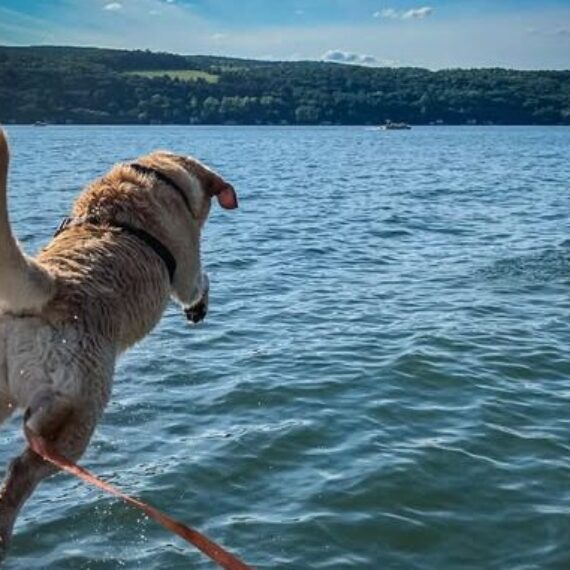Just days after announcing that a decision about whether or not to allow hydrofracking in New York would be made “before the end of the year,” the Cuomo administration announced on Wednesday, December 17th that the controversial gas extraction method known as hydrofracking would be banned in New York. Citing “significant public health risks”, Dr. Howard Zucker, acting State Health Commissioner, presented the long-awaited final public health review at a conference where the ban was also announced.
The Community Science Institute has focused on the issue of hydrofracking since 2009, when it seemed as though New York would open its doors to the industry in a matter of days or weeks. Five years later, CSI’s Regional Baseline Initiative has resulted in publicly available data for nearly 300 private wells, a network of more than 100 volunteers monitoring small streams and creeks with the Red Flag Monitoring program, and a peer-reviewed publication on community-based risk assessment.
With the recent announcement of the ban, one might jump to the conclusion that all of this work has gone to waste, but fortunately this is not the case. The reality is that water quality is threatened and impacted by a host of industries and pollutants. Hydrofracking could have been one of those industries, but at least for now, the wells will be drilled elsewhere. As New York has already begun to see, the absence of hydrofracked gas wells does not mean that the industry is entirely absent from the state. New construction of pipelines and compressor stations to transport gas throughout the state are being proposed and some are underway. Several landfills are accepting shale gas waste from wells in other states like Pennsylvania.
While the shale gas industry was receiving focused attention over the last few years, other water quality problems have sprung up across the state. In Tompkins County, the Cayuga Inlet has been infested with the aquatic weed, hydrilla, which has the potential to completely consume the waterway and prevent it from being used for recreation and navigation, not to mention the loss of aquatic ecosystem health if it is not treated immediately. In surrounding Finger Lakes such as Owasco and Honeoye Lakes, blooms of toxic blue-green algae have been documented, indicating an excess of nutrients such as phosphorus and nitrogen in the water body. In the Great Lakes, and in particular Lake Ontario, researchers have found billions of microbeads, tiny plastic particles often found in personal care products like facial scrubs, in the water and entering the food web. Across the state, invasive insects such as the Hemlock Wooly Adelgid are killing mature trees that keep stream banks intact and prevent erosion. Needless to say, there’s plenty of reasons to continue monitoring streams.
Community science is all about engaging citizens in gathering scientific data about issues of local importance. Many of the risks presented by hydrofracking are no longer a pressing concern, and that gives us opportunity to widen our focus to more water quality issues. CSI and its volunteer network will continue to focus on water quality protection where it matters most – in our local streams.



